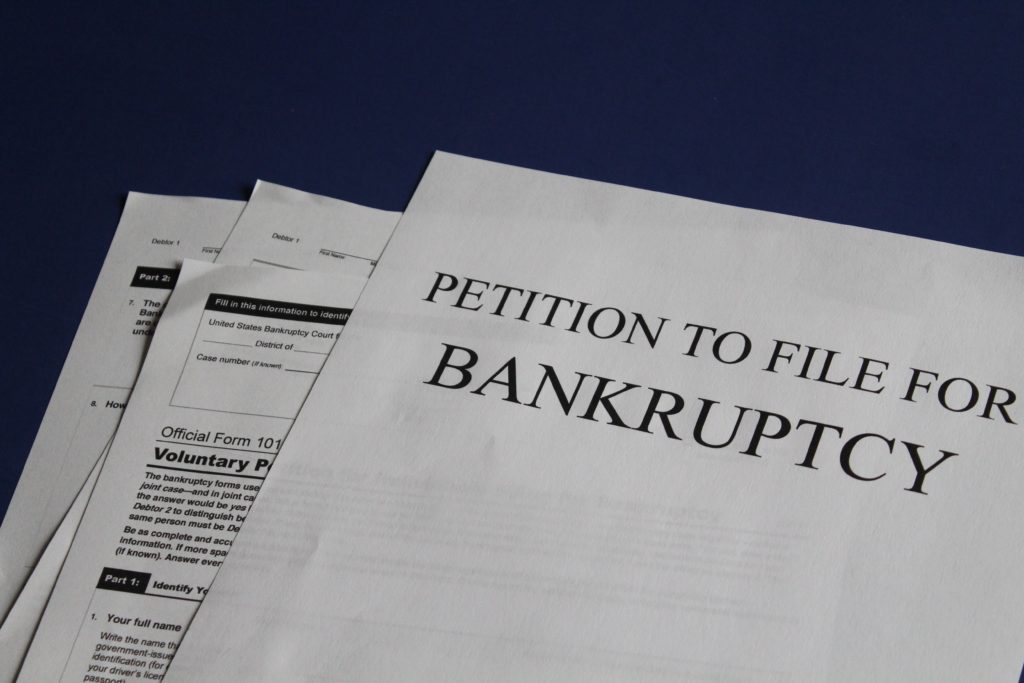When looking to buy a home, you may come across what is known as a Short Sale. But what is a short sale in real estate? Many times, you can get these homes at a fraction of the cost of other similar homes – but how? And why? What exactly does buying a short sale entail?
Short Sale Meaning
The term “Short Sale” indicates that the bank will basically take less than is owed on the home. So, the seller is coming up “short”. There is a process to this though, and not all homes can get approved for a short sale. It depends on the situation, the amount owed, the market at the time, the bank, etc. Many factors go into the selling and buying of a short sale in real estate.
With short sales, the seller owes more on the home than the home is actually worth. Thus, they cannot sell it for enough to settle their debt to the bank. This can happen because of a shift in the real estate market – where they bought at an all time high and try to sell at a low. (Think 2007 market crash). But really, there are many reasons a seller can find themselves in this unfortunate position.
Reasons Homes Become Short Sales:
- overpaying for a home and not being able to afford it
- taking out loans against the home and second mortgages
- not paying the mortgage, missing a few payments, falling behind
- job loss, death, divorce, bankruptcy
- condition of the home vs. what is owed

Simply missing a few payments can quickly eat at any equity there was in the home. Now the sellers have a chance to settle with the bank as a short sale before it becomes a foreclosure.
Why Buy a Short Sale?
Buying a short sale can be appealing as you may be able to get a great house at a great price. The bank will still do their own appraisal and work to get the most money, of course. But all in all, they have no emotional attachment to the house. They want to settle the debt and be done. Unfortunately you will be dealing with many different people and departments at the bank though, so it will take longer than a normal house sale. If you don’t have a strict timeline for buying and you find the perfect home, don’t let it being a short sale deter you from going for it! A little patience will go a long way.
The condition of the house may or may not be that of a normal sale as well. So, it is something to keep in mind. Maybe the home is no longer worth what the sellers owe because a major system in the home is not working. This is important to take note of. You may get a better deal on this type of home, but need cash to fix some things. Short sale homes are usually sold “as is” and the bank will make no repairs or improvements. The type of loan you want to use may also change, so be sure to talk to your lender. A VA or FHA loan may not be able to close due to the condition, or you will have to pay out of pocket to fix these issues before your loan will get approved.
How Long Does a Short Sale Take to Close?
Hearing the words Short Sale can be confusing, as there is nothing short about the timeline. It usually takes much longer than a regular sale. It can take anywhere from 2 months to 2 years. Or possibly never close due to unforeseen circumstances. Generally speaking though, they close within about 4-6 months instead of the normal 45-60 days with a regular sale.
With a great Realtor and Real Estate Attorney working diligently to keep the deal together, it can work out pretty smoothly. Usually (depending on the bank) your Realtor will have a contact to follow up with at the bank. Following up and keeping everyone on track is key here. Though sometimes, there is just nothing else to do but wait.
Find a great Real Estate agent that can help you through the process!

The banks have many short sale cases. They try to review and send out updates for each every 3-5 business days. Even that doesn’t always happen though. Make sure that you have somewhere to live while pursuing a short sale. They can always get pushed back from your projected closing date by a month or two, or run into a bump and take longer.
Why Does a Short Sale Take So Long?
1. A Short Sale Needs Approvals.
The main reason that buying a short sale takes so long is because the bank needs approvals. There first needs to be a short sale approval letter, stating that the home can in fact be a short sale. The bank takes into consideration the amount owed on the property and the current market value.
Once there is an offer on the home, the bank will do an appraisal – in addition to the appraisal your lender will do. If the bank appraisal comes back higher than the offer, they will counter. The buyer can come up or stay at their offer. From there, the numbers have to make sense. You can show documentation as to why you have arrived at that price. It can’t be just because that’s what you want to get the house for. They need actual back up – usually from an inspection, and only for major systems or structural issues. If your lender’s appraisal came back low, you can show that too.
Who pays for the appraisal and inspections? Find out HERE.
This information will take time to get. You need proof that the roof needs to be done, a new septic needs to be installed, or that the foundation has a problem. These issues would be found out during the inspection period. Having estimates to support your data are also helpful. This information is then turned into the point of contact at the bank. From there, it has to go to another department for more approvals. It may be a few weeks before you even hear back if they will entertain your offer.
The bank also has to approve your final HUD. The HUD is the document stating the final numbers. The bank will pay for things on the HUD like up to date taxes, water bills (only with an invoice) and the Realtor commission. In order to get the HUD approved, the numbers have to add up. Otherwise they will keep sending it back to the title company or attorney to get corrected. They take their time, and the bank takes theirs.

2. The Banks are Busy with Other Short Sales.
Each time the attorney/title company needs to fix an item on the HUD, the clock starts over and the bank has a 3-5 business day window to look over it again and see if it’s correct or needs more changes. Once this happens a few times, then it’s been a month already! Before you know it, you need to push it out another month or two because now the tax numbers and water bills changed. So, then the numbers on the HUD change again and it begins again. They have many open files just like this, and need to make sure that they don’t miss a single thing on any of them.
The bank does their due diligence and they don’t mess around. They don’t want anything to slide by them. Once they believe the document is correct, they then send it to another “set of eyes” in their department to make sure they didn’t miss anything.
Also, keep in mind that some or all documents need to have wet signatures when buying a short sale. This means done with an actual pen. Not digitally signed. So, you may run into an extended timeframe with that if the buyer or seller are out of state.
3. Short Sale Documents Expire.
Once you have a clear to close, that document is good for a set amount of time. You need to close by that time or EVERYTHING. STARTS. OVER. Yes, it’s true. The numbers on the HUD also need to stay the same. The bank will not take less at that point than what is owed to them on that Final HUD.
Another delay is if your lender hasn’t updated your expired docs or appraisal because they weren’t sure when you’d get the approval. You better get that done now. Many documents in real estate have a quick expiration.
A number of unforeseen setbacks can happen with the sale of any home. However, if you go into this process with the knowledge and understanding of a short sale, you can minimize the stress and maximize the potential for your new home.
If it’s the home you want, it’s worth fighting for. Just be sure that you have the patience to see it through to the finish line. Now that you know “what is a short sale” hopefully this will open up some new options for you!
Looking to buy? Check out this Step by Step Guide to Buying a House! Get prepared and know just what to expect with these 10 Steps.




Leave a Reply